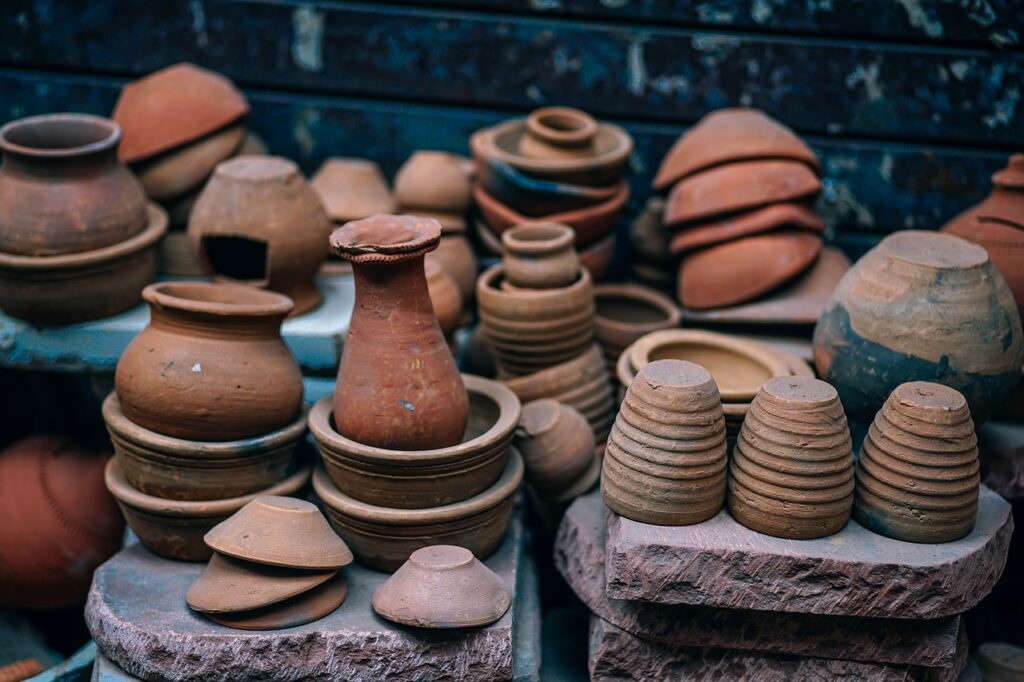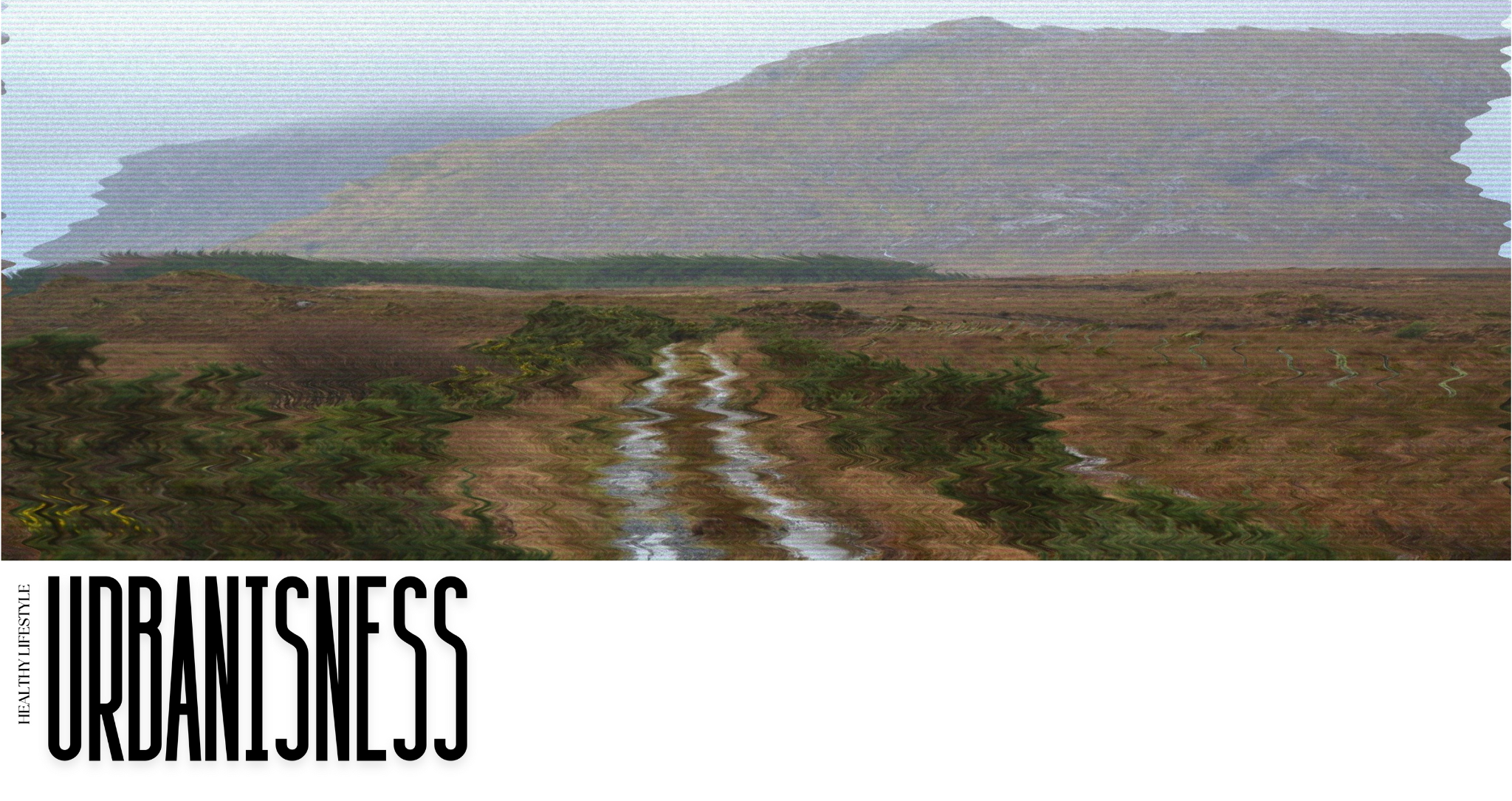The Rising Cost of Water: A Looming Crisis
Water will become increasingly expensive if we do not take drastic action to comprehend the crisis and change our consumption and pollution habits. In fact, its cost is projected to exceed that of gasoline in many parts of the world. This is not mere speculation but an inescapable reality, as some regions are already experiencing severe water shortages.
Experts predict that many future global conflicts, and even wars, will be fought over access to clean drinking water. Therefore, studying methods for collecting, conserving, and efficiently distributing this vital resource has never been more critical. One pressing question is how to reduce water usage in agriculture—especially in arid climates—by as much as 90%. What innovative irrigation techniques can address this urgent challenge?

Water Distribution on Earth
71% of Earth’s surface is covered by water. Of this, 97% is found in the oceans, which are unsuitable for drinking, irrigation, or most industrial uses, except for cooling. Only 3% of Earth’s water is freshwater. However, 2.5% of this freshwater is inaccessible, as it is trapped in glaciers, polar ice caps, the atmosphere, deep underground, or is heavily polluted. This means that just 0.5% of Earth’s freshwater is readily available for human use.
Multiple studies have explored this subject, resulting in the creation of both simple and complex irrigation methods. One of the oldest and most surprisingly effective techniques is the Olla, Spanish for “pot.” This ancient method involves using a simple clay vessel or pot buried in the soil with only its neck remaining above the ground.


